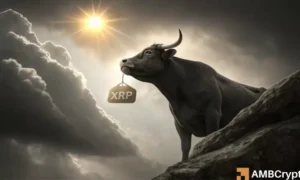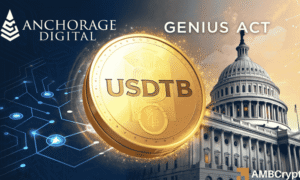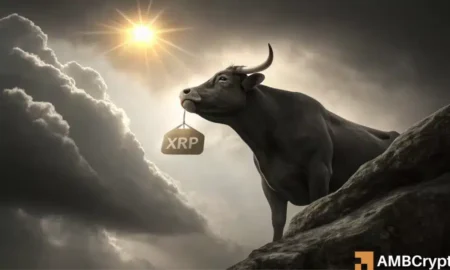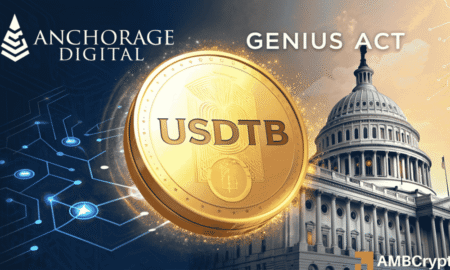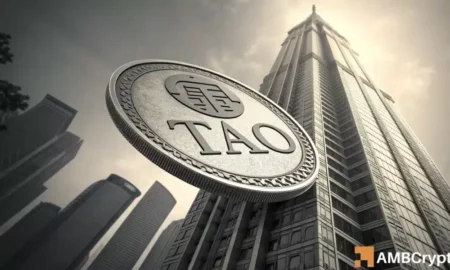Understanding Bitcoin’s Declining Open Interest and Market Sentiment
In recent weeks, Bitcoin (BTC) has seen fluctuations in both price and market involvement, particularly through a notable decline in Open Interest (OI). OI, which represents the total number of outstanding derivative contracts, has experienced a sharp drop of nearly 8% on Binance, indicating that traders are closing leveraged positions in response to heightened volatility and overall market conditions. As the price briefly skyrocketed to $125K before retracting near $122K, it raises questions about trader confidence and future price movements. Traders appear to be shifting from speculative tactics to a more cautious approach, reflective of sentiments commonly seen post-aggressive rallies.
Market Behavior and Spot Taker CVD Dynamics
The current market dynamics emphasize its bearish sentiment, primarily driven by the Spot Taker Cumulative Volume Delta (CVD), which reveals strong sell activity currently prevailing in the market. Specifically, the 90-day Spot Taker CVD suggests that sellers are firmly in control of short-term pricing trends. Such selling pressure points to a waning bullish sentiment, with a significant imbalance in buyer aggression. This dominant selling indicates not only a caution among traders but also hints at potential price resistance ahead for Bitcoin. However, a sudden change in market behavior could shift the momentum positively, demonstrating the fluid nature of market sentiment.
Analyzing the NVT Golden Cross Indicator
A critical metric for understanding Bitcoin’s long-term viability is the NVT (Network Value to Transactions) Golden Cross, which has recently plummeted to –1.24, marking a 59% drop. This metric signals a reduction in transaction value relative to Bitcoin’s market capitalization, illustrating a decrease in network efficiency. As it dips below historical benchmarks, many interpret this as a sign of cooling activity across the Bitcoin blockchain. Such negative NVT readings are typically indicative of an oversold state that may precede an eventual recovery, but a sustained decline signifies underlying weaknesses in the network.
Weak Network Validation and DAA Divergence
In addition to the NVT, another alarming indicator is Bitcoin’s Price-DAA (Daily Active Addresses) Divergence, which is currently at –247%. This substantial divergence signifies that recent price increases are not being supported by a growth in active addresses, pointing to a speculative price action-driven by short-term traders rather than genuine user engagement. Such disparities often lead to localized corrections, signifying that the current uptrend lacks essential backing from new users and active participants in the network, thereby elevating the potential for continued consolidation.
Implications of Current Market Trends
The declining Open Interest, coupled with dominant selling activity and weak network metrics, suggests a cooling phase for Bitcoin following its recent surge. This deceleration signifies that market participants might be looking to stabilize after experiencing rapid price fluctuations. Historically, these cooling periods act as essential reset points in the crypto market, often preceding renewed bullish momentum. Nevertheless, completing such consolidative phases requires clarity in market trends indicated by improved on-chain metrics and strengthened trader confidence.
Conclusion: Awaiting Renewed Momentum
In conclusion, current observations around Open Interest, negative NVT, and DAA divergence indicate that Bitcoin’s recent bullish momentum may be losing steam. However, these cooling off periods are vital for the market’s health and often precede significant recoveries. As traders exhibit increased caution and reduced market confidence following aggressive buying, the upcoming weeks will be crucial. The market will likely need strong on-chain activity to reignite bullish trends and stabilize trader sentiment. Ultimately, understanding these patterns helps in discerning the path forward for Bitcoin and developing strategies that align with changing market dynamics.
